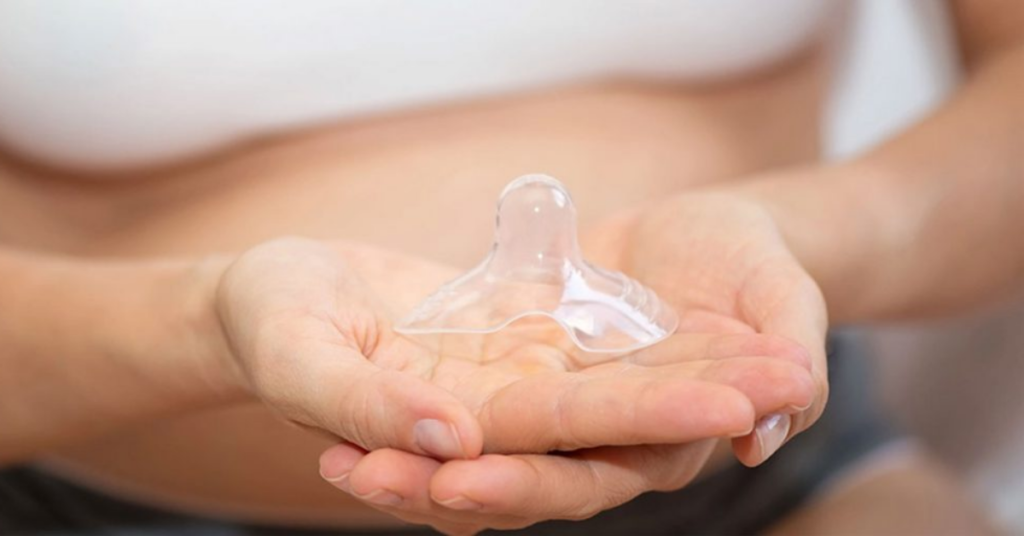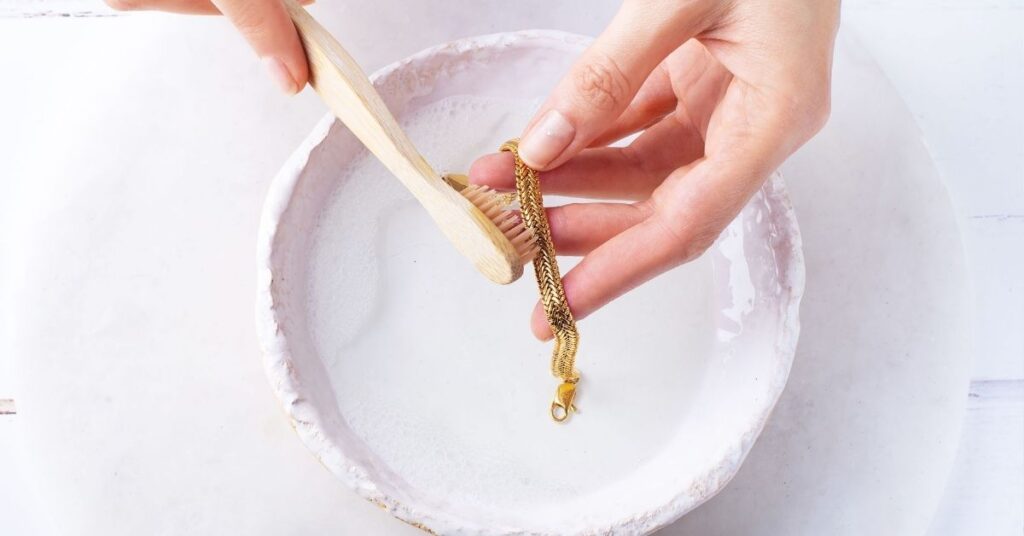If you are a mom of newborns, then you know that it is not easy to breastfeed them. It is challenging to find the right position while they lie on your chest. This is where Nipple Shield For Breastfeeding comes into play.
The name Nipple Shield for Breastfeeding may sound intimidating but in reality, it’s the best thing that can happen to your breastfeeding experience. A Nipple Shield for Breastfeeding is a shield-shaped silicone accessory that fits over the nipple before a child breastfeeds.
The Nipple Shield for Breastfeeding is a must-have breastfeeding accessory for mothers who are struggling with latching or sore nipples. This suction cup shield is designed to protect and comfort your nipple while nursing and is used by many breastfeeding mothers. It comes in a variety of colors, including BPA-free and latex-free options.
When Should You Use a Nipple Shield?

Many mothers of premature and low birth weight babies have trouble latching their infants onto the breast. A nipple shield can help resolve this problem under the guidance of a lactation consultant. Most nipple shields are designed to be used only temporarily by mothers with significant latch problems.
Women with inverted nipples may find it difficult for their babies to latch on because the nipple is not protruding. A nipple shield can help guide the baby’s mouth to the mother’s nipple and prevent soreness in the mother’s breast.
Some studies suggest that nipple shields may be helpful for preterm infants, who tire easily and may have trouble latching onto the breast without assistance. As soon as your child is strong enough to nurse without a nipple shield, you may wish to transition him to a nursing bra for support.
Sometimes a baby’s tongue is tethered to the floor of her mouth by a short band of tissue, called a frenulum. Tongue-tie can make breastfeeding difficult.
If you are struggling with breastfeeding, you should seek help from a lactation consultant before using a nipple shield. Some issues, such as sore nipples from a poor latch, may be able to be treated without a nipple shield. However, if you find that your baby is not gaining weight adequately and/or has become accustomed to the shield because it is often in use, it may be necessary for you to gradually withdraw the nipple shield in order to wean your baby off of it.
Does Baby Get More Milk with or Without Nipple Shield?

Improperly using a nipple shield may reduce milk supply and interfere with breastfeeding. Proper breastfeeding increases hormone levels, which causes an increase in milk supply. A nipple shield should be put on properly so that your baby can latch deeply and drink well from your breast.
A nipple shield is a soft silicone nipple that fits over your nipple and areola and helps guide your baby to nurse properly as you both get used to breastfeeding. Research has demonstrated that when premature infants nurse with a nipple shield, they nurse for longer periods of time than if they did not have the nipple shield.
Both nipple shields decreased milk transfer: the Mexican Hat decreased milk supply by 58% from a mean volume of 19.5 g without a shield to a mean volume of 46.4 g with a shield, while the thin latex shield diminished milk intake by 22% from a mean volume of 38.3 g without a shield to 29.9 g with a shield.
Can I Pump with a Nipple Shield?
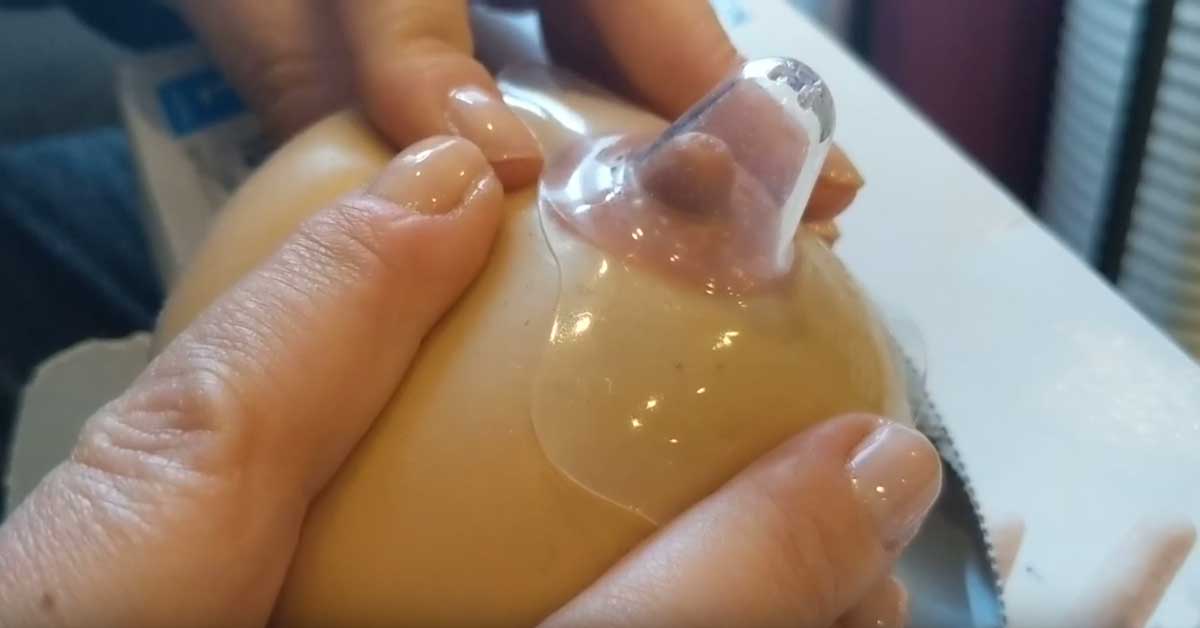
With properly fitted shields, pumping after breastfeeding will not be needed. After feeding with a properly fitted shield, allow the child to suckle without interruption so that the breasts are well-drained. Your body will respond by increasing your milk supply if your baby is gaining weight well.
Can Nipple Shield Help with Fast Let Down?

With a little help from a lactation consultant, you may find that using a nipple shield during breastfeeding sessions sometimes helps infants handle an overactive letdown. If pumping off your first letdown doesn’t work for you and your baby refuses the breast, try bottle-feeding your baby with pumped breast milk until your flow quiets down. Then offer the breast to begin feeding.
Sometimes a mother’s milk has a fast let-down and her baby may become accustomed to the fast flow. Even if the milk does not have a slow flow, it can still seem that way to the baby.
Hormonal changes cause a “letdown,” the release of breast milk. Milk is normally released in controlled bursts or spurts. A baby who holds on to the breast while sucking detects the changes in pressure and rhythm that signal the end of one letdown and the beginning of another. If these signals are interrupted, however, the baby might not sense when she’s receiving a letdown; instead, she may feel as if her mouth is filling with breast milk, causing her to choke or cough.
Do Nipple Shields Affect Milk Transfer?
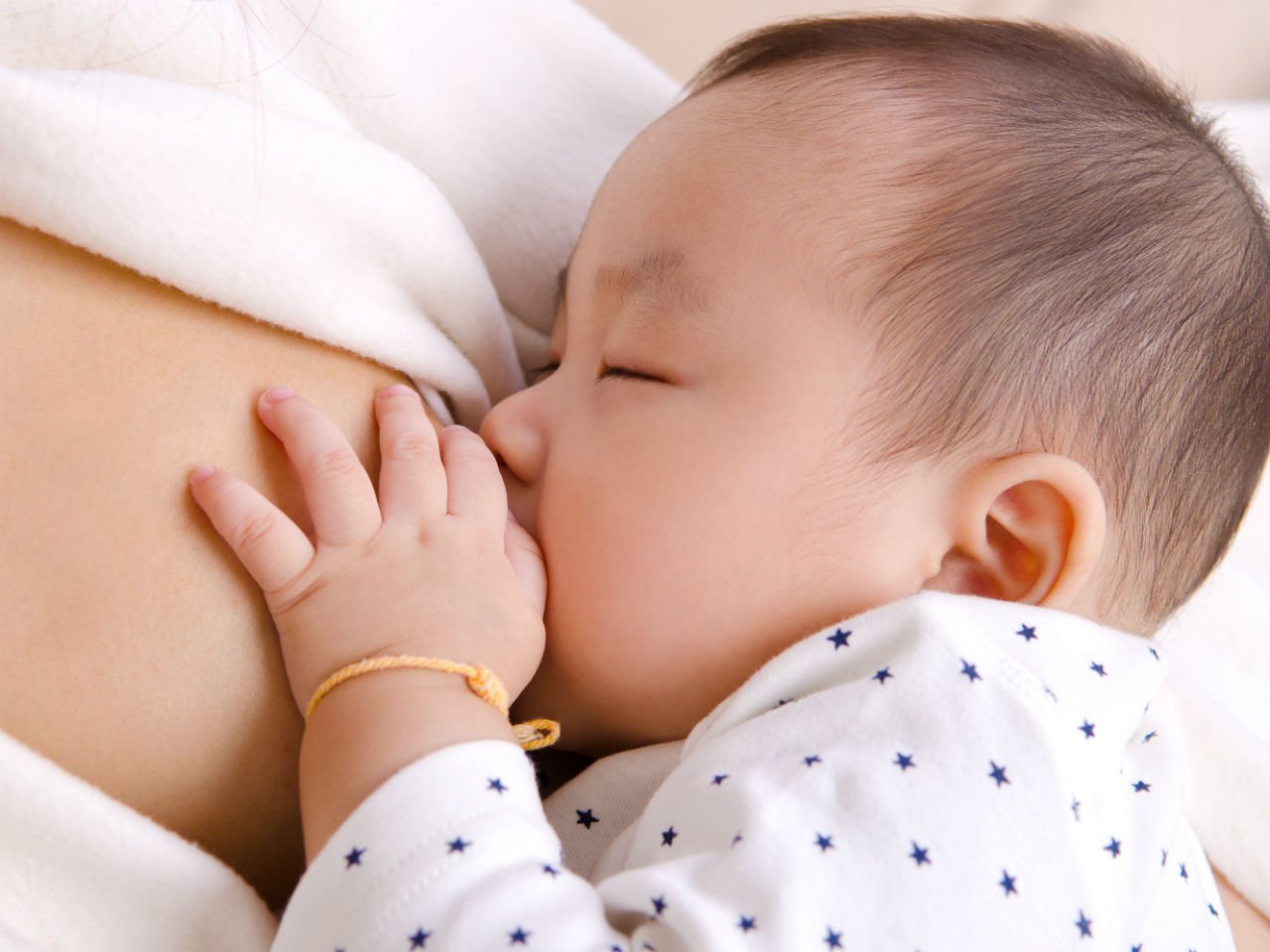
I did some research and read a lot of blog posts and even some forum comments. There are several opinions on whether nipple shields negatively affect milk transfer, or if it even affects it at all. There’s not a lot of scientific research out there that addresses this directly, so I wanted to share what I learned from my research.
What has long been suspected is now confirmed. A recent study from Breastfeeding Medicine shows that the use of nipple shields affects milk transfer. The study, written by Anne-Marie D. D (1), Marcin Kajdasz, and Frank Chaparro, found that the use of nipple shields significantly increased difficulties with milk transfer even nine months after stopping breastfeeding.
Nipple Shields or Breast Shells are those small, plastic contraptions worn over the nipple before breastfeeding that help to prevent soreness. However, despite their popularity, there is little research on their effectiveness. In fact, a survey of lactation professionals revealed that 74% of them believed that Nipple Shields may adversely affect milk transfer.
Do You Have to Sterilize Nipple Shields Every Time?
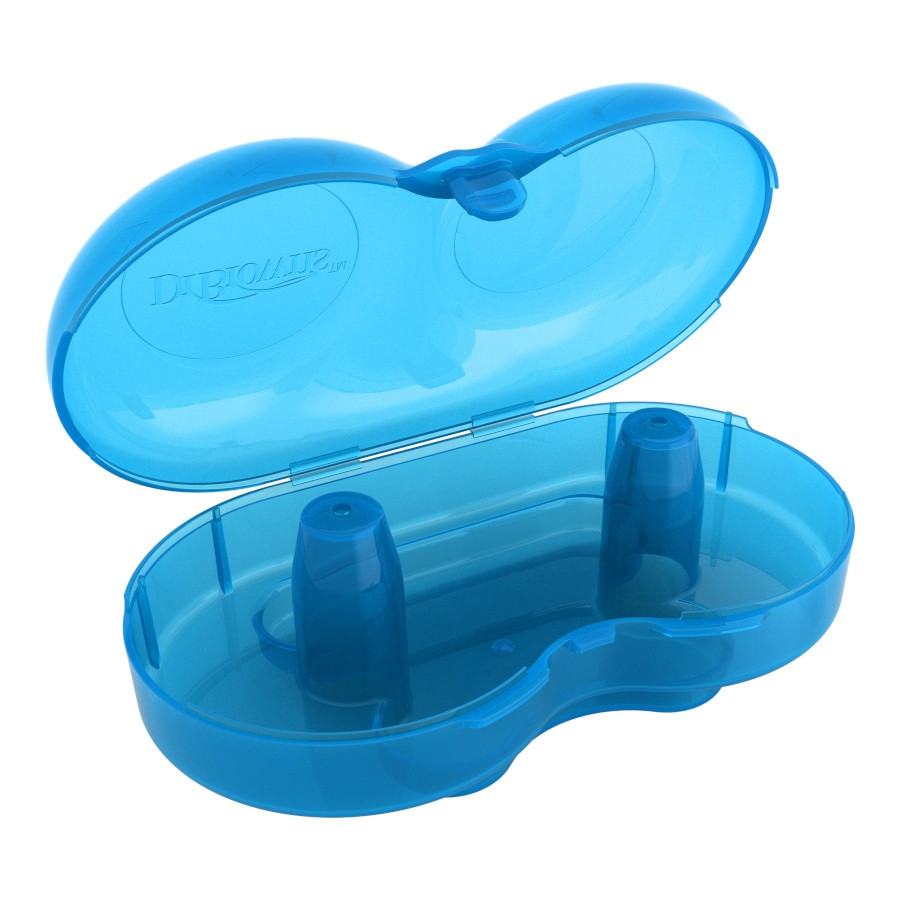
Generally, nipple shields do not need to be sterilized after each use. Rinse the shield in cold water after each use. Wash the shield in hot, soapy water and rinse it under hot running water. Drain, dry, and store it in a clean container.
Use a pot that’s large enough so the nipple shield fits in freely without touching the sides or bottom. Fill the pot with water, bring to a boil, and add the nipple shield. Boil for about 10 minutes.
How Do You Deep Latch with a Nipple Shield?
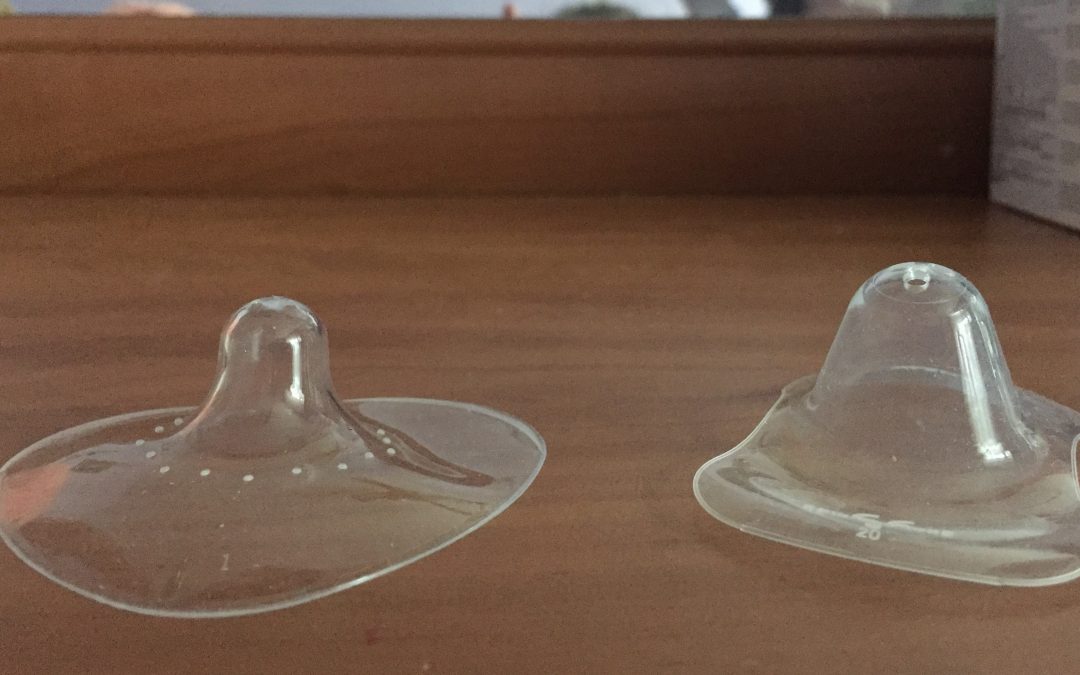
To use the nipple shield, you need to stretch it over your breast. You should get your baby latched on to your breast before placing the tip of the shield over your nipple so that the side of your nipple is the first part of your nipple that touches the surface of the shield. If necessary, you can express some milk into the tip and dribble it onto the outside to encourage your baby to latch on.
If a baby is not latching properly, it can cause sore, cracked, or bleeding nipples. Using a nipple shield can help you continue breastfeeding while you work on correcting your baby’s latch.
To help your baby hold the breast in her mouth with her lips and jaw wide open when she latches on, pull her chin toward you.
Is It Bad to Breast Feed with a Nipple Shield?
/nippleshield-5c0e70fc46e0fb00018c8fff.jpg)
It is important to remember that a nipple shield should be considered temporary. If your baby seems to need it to gain weight, it’s fine for you to use it for a short time; however, once your baby has gained enough weight and is able to feed without one, you should probably stop using the nipple shield.
Nipple shields can be useful in helping to increase a baby’s milk intake and protect sore or cracked nipples. If used incorrectly, however, they can affect breastfeeding negatively. This includes a low breast milk supply and weight loss in your baby.
Why You Shouldn’t Use a Nipple Shield?

A nipple shield is a thin, flexible silicone cap worn over a mother’s nipple while she is breastfeeding. Contact shields have one hole in order to receive the baby’s mouth, while traditional shields have two holes (one on each side). The shields are also sometimes called “feeding cups,” but should not be confused with baby bottles that have a nipple and are sometimes called “breastfeeding cups.”
Whether you are breastfeeding with or without a nipple shield, always use a soft, flexible shield and fit it to your child’s mouth. If a shield is not properly used, is too stiff, or does not fit your child well, it can cause problems for your baby and also for your breastfeeding relationship.
In the old days, nursing nipples were made of thick latex. Some women chose to use an open-ended plastic bottle nipple as a nipple shield. Other women had a hard time latching on and getting milk, and mothers would sometimes switch to bottle feeding because they couldn’t get enough milk. Nursing babies often weren’t gaining enough weight and weren’t getting enough nourishment.
CONCLUSION:-
In the end, no one formula of a nipple shield is going to be perfect for everyone. That’s why it’s important that you carefully consider your options before making a choice. Most importantly, choose what feels comfortable, and that provides the support you need to get you through the first few months of breastfeeding.

